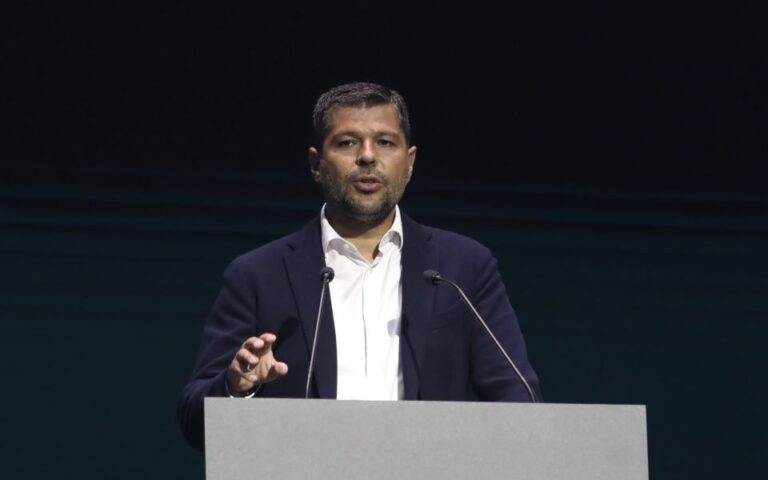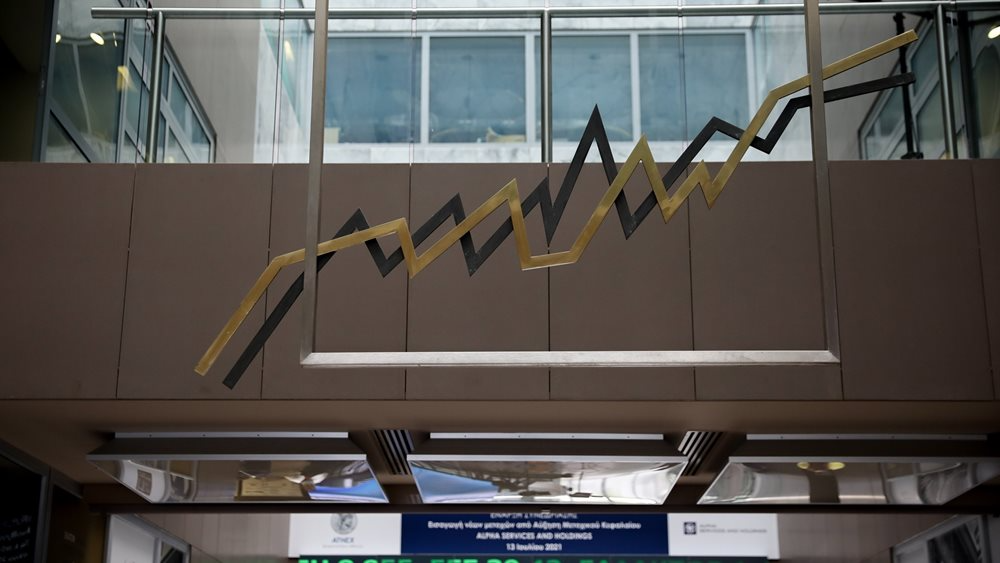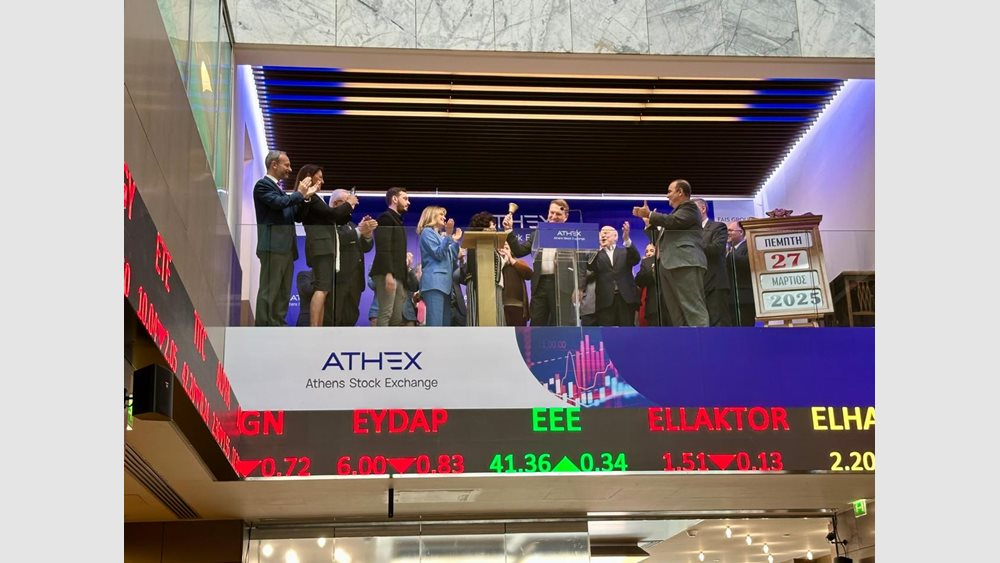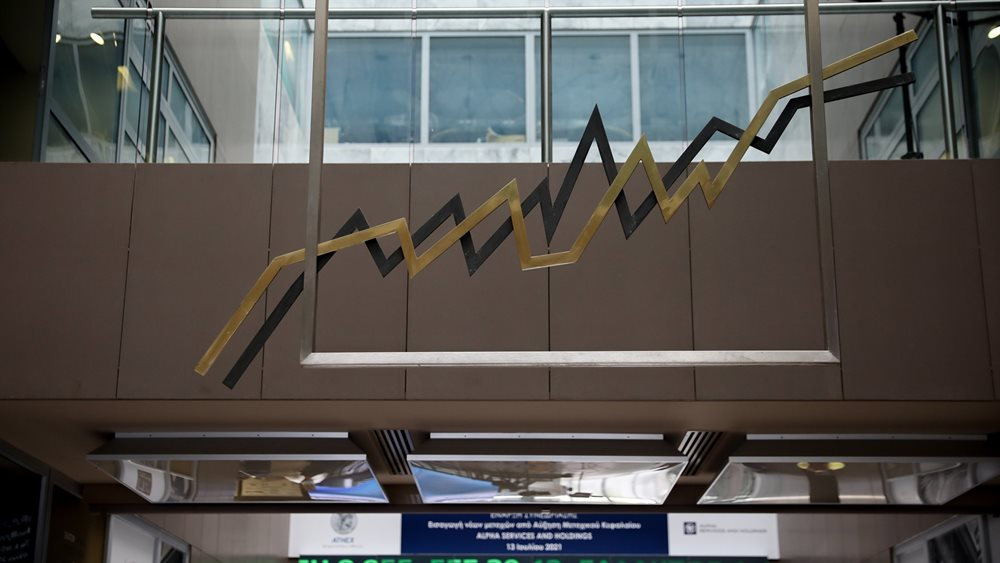
Instead of an introduction, so we know where we are. PPC today: valuation at €4.698 billion; PPC in early May 2019, just before the European elections: valuation at €400 million, despite some change.
A month later, George Stassis, who since 2016 and for three years held the position of CEO at Enel Romania and earlier, since 2009, head of Enel Green Power for Southeastern Europe and the Middle East, responsible, among others, for Greece, Bulgaria, Romania, Turkey, and Egypt, takes over as President and CEO. We said, instead of importing, and because behind the prosperity of greatness are people and their teams of partners.
The above is necessary to justify today, as recorded in the Q3/Nine months' figures, but above all to justify the group's future and investment.
More or less familiar with the financial results, I will not go into much detail. In summary, EBITDA €1.348bn, adjusted net profit €305m, net profit after minority interests €241m, and net debt/EBITDA ratio at 2.7X. On the bottom line, operational restructuring, drastic cost control actions, and diversification of revenue sources make up the difference.
The deleveraging plan is being implemented faster than originally planned, and the prospect of strengthening the distribution presence and expanding the product-service portfolio is expected to further contribute to sustainability.
Aggressive policy repositioning by management investments in renewables, flexible power generation, distribution, and digitalisation, including the contribution from Romania, increased to around €1.3 billion and now account for around 80% of total investments. A clear focus, as EBITDA was boosted by the increased contribution of the distribution activities, improved profitability of the power generation and trading activities, and the addition of the activities in Romania, as well as of Kochsovolos in Greece.
Essential for the implementation of such a policy, with as little investment risk as possible, is a solid financial base of (sub)support. In practice, despite the continued acceleration of investment, the net debt ratio (LTM PF Ebitda) was maintained at 2.7X in September, well below the 3.5X threshold set. With net debt at €4,604 million (30/9).
Financial structure and rating allowing management to go to the markets on 23 October for a seven-year bond. Bids exceed €2bn, and the initial plan to raise €500m reaches €600m on what terms? The coupon is to be reduced from 4.75% to 4.625%. In essence, this is the cheapest seven-year coupon the group has issued, with the same credit rating, since February 2022. I'll expand on that, as this is a bond spread—the lowest ever—of any issued since 2020. How much lower? 200 bps relative to 2020 and 2021 issues.
Financial details that a senior member of the management team, with relevant authority, took the trouble to explain/clarify to me, adding that for these reasons too, the majority of buyers (of the bonds) were foreign fund managers and particularly long-term (i.e., towards the end of the seven-year period). What does this mean? They are staying in debt that Standard & Poor's rates as "BB-" and a stable outlook. I insist on this parameter because, in order to trust his funds, a manager takes into account the "now" with the "next day." What perspective does management give bondholders? Investment of over €3bn (2025), EBITDA target (2027) of €2.7bn, and a higher dividend.
At €12.36 the current price (at 17.00'/14/11), at €14.7 the target price set by Citi (since 23/9), initiating coverage with a "buy" recommendation. On 25/9, management recommends cancellation of 12.73 million Treasury shares (further strengthening the position of existing shareholders/investors).
Shortly afterwards (17/10), it becomes known that Norges Bank's Norwegians welcome the stock, with the possibility of CVC Capital, OAKHill, Wellington, BlackRock, Ghisallo Partners, BlackRock e.t.c. following suit.
They must know something.






